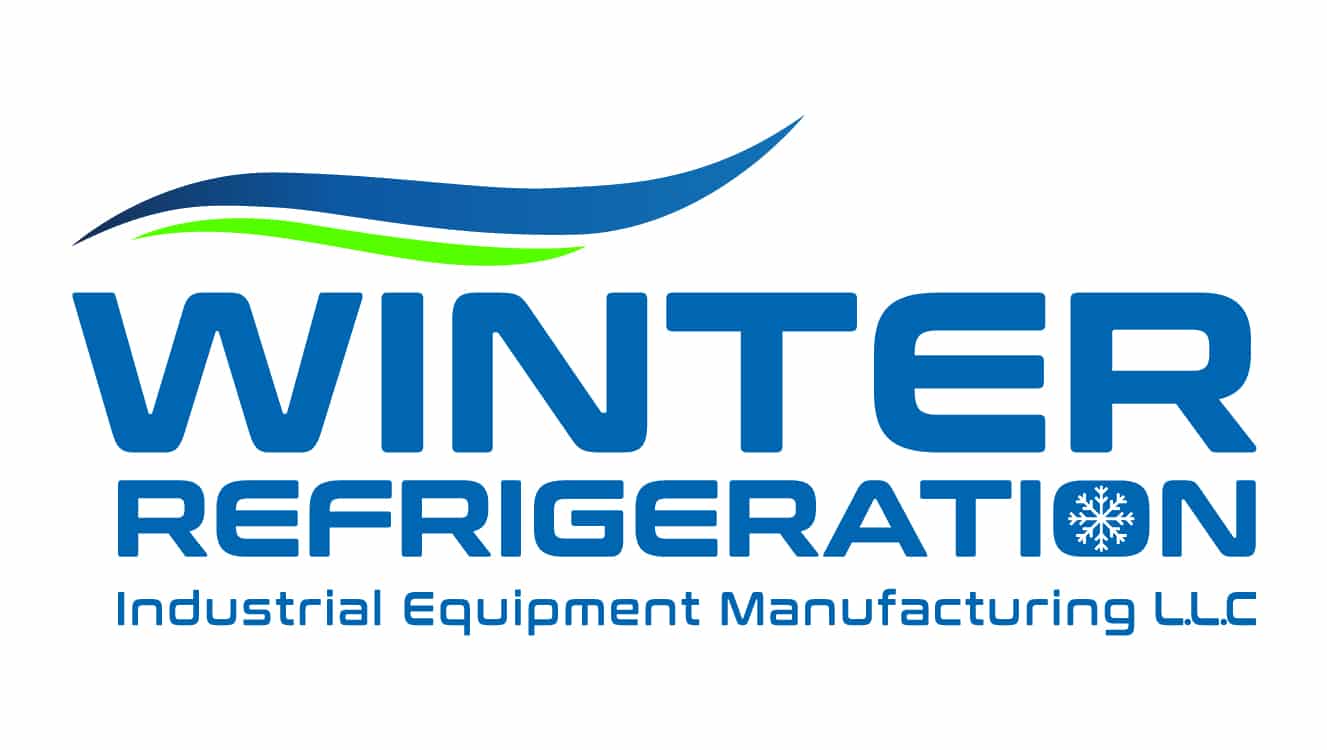
District cooling is a centralized cooling system that provides chilled water or other cooling services to multiple buildings within a district or an urban area. We are specialists in ammonia (NH3) refrigeration which nominates us to be the appropriate partner for our clients for the execution of a District Cooling Plant, operated with the highly efficient and environmentally friendly refrigerant NH3 (R717).
While choosing the WINTER District Cooling NH3-Chiller our clients fulfill their contribution to saving the environment and the life of future generations since NH3 is a refrigerant with zero ODP and zero GWP.
District Cooling System
In a district cooling system, a central plant generates chilled water or another cooling medium, which is then distributed through a network of insulated pipes to various buildings within the district. Each building then connects to the network through a heat exchanger, which transfers the cooling energy to the building’s own cooling system.
District cooling systems are efficient and environmentally friendly, as they require less energy and use fewer refrigerants than traditional air conditioning systems. They are particularly well-suited for densely populated areas where multiple buildings require cooling services.
The WINTER District Cooling NH3-Chiller complies with all important codes and standards like API, ASME, GOST, TEMA, etc.
Products
- Water-Cooled Condenser and Cooling Tower
- Sea-Water Cooled Condenser
- Evaporative Condenser
- Air-Cooled Condenser
Benefits of district cooling systems
Additional details
- How does district cooling work? A district cooling system typically consists of four components: a central plant, a distribution network, customer buildings, and a billing system. The central plant produces chilled water or another cooling medium, which is then distributed through insulated pipes to the customer buildings. Each building connects to the network through a heat exchanger, which transfers the cooling energy to the building’s own cooling system. The billing system measures the amount of cooling energy used by each building and bills them accordingly.
- Advantages of district cooling: District cooling systems have several advantages over traditional air conditioning systems. They are more energy-efficient, more environmentally friendly, and can provide a more reliable source of cooling. They can also reduce maintenance costs for building owners and operators.
- Environmental benefits: District cooling systems have several environmental benefits. They reduce energy consumption and greenhouse gas emissions, as well as the use of refrigerants, which can have a negative impact on the environment. They can also reduce urban heat island effects, which occur when urban areas become significantly hotter than surrounding rural areas due to the absorption and retention of heat by buildings and pavement.
- Challenges: District cooling systems can face several challenges, such as high initial capital costs, the need for a reliable source of chilled water or another cooling medium, and the need for a large customer base to make the system economically feasible. However, with proper planning and design, these challenges can be overcome, and district cooling systems can provide an efficient and sustainable solution for providing cooling services to urban areas.
